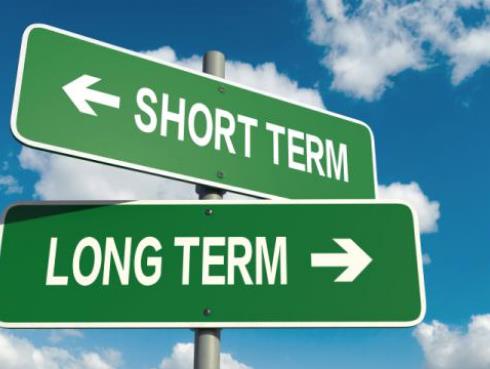What Defines Short Term Goals and Long Term Goals?
In both personal development and business strategy, setting goals is fundamental to success. However, not all goals are created equal. Understanding the distinction between short term and long term goals can drastically affect how individuals and organizations prioritize tasks, allocate resources, and plan for the future.

Short Term Goals: Immediate Objectives and Quick Wins
Short term goals are defined as objectives that can be achieved within a relatively brief period—typically within a few days up to a year. These goals are tactical, serving immediate needs or acting as stepping stones toward more significant achievements.
Characteristics of Short Term Goals:
- Time Frame: Short term goals are set with a completion timeline ranging from a few weeks to one year.
- Specificity: They are often very detailed and specific, making them easier to manage and execute.
- Immediate Impact: The primary purpose of short term goals is to produce quick results that impact current operations or short-term growth.
Statistical Insight: A survey by the Project Management Institute revealed that 85% of successful projects were broken down into specific, short term milestones, highlighting the effectiveness of this approach.
Examples of Short Term Goals:
- Financial: Increase monthly sales by 10% within the next quarter.
- Educational: Complete a professional certification course within six months.
- Personal: Lose 10 pounds in three months through diet and exercise.
Long Term Goals: Visionary Aspirations and Sustained Efforts
Long term goals extend far beyond the upcoming year, often spanning several years to a decade or more. These goals require a visionary approach and sustained efforts, reflecting broader ambitions or strategic directions.
Characteristics of Long Term Goals:
- Time Frame: These goals usually have a timeline of several years to over a decade.
- Visionary and Broad: Long term goals are less about specifics and more about achieving larger life or business visions.
- Resource Intensive: Achieving these goals typically requires significant resources, long-term commitment, and consistent effort.
Statistical Insight: According to a study conducted by Harvard Business Review, companies that focused on long term goals outperformed their peers in financial growth and sustainability by 36% over a ten-year period.
Examples of Long Term Goals:
- Corporate: Expand business operations to three new countries in the next five years.
- Career: Achieve a senior management position within ten years.
- Personal: Own a home within the next fifteen years.
Integrating Short Term and Long Term Goals
Successful planning involves aligning short term and long term goals to ensure coherence and continuity in efforts. Short term goals should effectively feed into long term ambitions, creating a seamless progression towards overarching objectives.
Balancing Both Types of Goals:
- Alignment: Ensure that each short term goal contributes directly to a long term goal, creating a clear pathway to broader achievements.
- Flexibility: While long term goals set the direction, short term goals should remain flexible to adapt to changes and immediate circumstances.
- Review and Adjust: Regularly assess both short term and long term goals to respond to progress, setbacks, or external changes effectively.
Conclusion: Crafting a Cohesive Path to Success
In conclusion, both short term goals and long term goals are essential for sustained success. Short term goals provide immediate results and motivation, while long term goals offer a roadmap for significant achievements and strategic growth. Understanding and effectively managing these different types of goals enables individuals and organizations to navigate both immediate challenges and future aspirations with confidence and clarity.